Featured Photo Above:
Facade of Historic Comiskey Park, circa 1950s

Baseball History Comes Alive Now Ranked As a Top Five Website by Feedspot Among All Baseball History Websites and Blogs!
(Check out Feedspot's list of the Top 35 Baseball History websites and blogs)
Guest Submissions from Our Readers Always Welcome! Click for details
Scroll Down to Read Today’s Essay
Subscribe to Baseball History Comes Alive for automatic updates. As a Free Bonus, you’ll get instant access to my Special Report: Gary’s Handy Dandy World Series Reference Guide!
191 Black Sox Scandal Photo Gallery
Click on any image below to see photos in full size and to start Photo Gallery:
“Field of Dreams” Game Brings 1919 Black Sox Scandal Back Into Focus
Last night’s “Field of Dreams” game between the Cubs and Reds has got many in the baseball world focusing again on the 1919 Black Sox Scandal. The Chicago Sun-times this week even did a feature story on the White Sox’ great spitballer, Red Faber, who was injured and did not appear in the series. The theme of the article was that if Faber had been healthy, the scandal might never have happened.
It was an interesting article and I would tend to agree with that premise. But the rest of the piece basically reiterated the conventional wisdom: eight White Sox players conspired to fix the series, took dirty money, and then simply played badly and lost the series. If you were looking for some deeper insight into what actually happened, you wouldn’t have found it here. As the article states:
“Red Faber was in the ballpark, but all he could do was watch from the bench as the Sox kicked the ball around on defense and threw meatballs to Reds hitters.” (emphasis added)
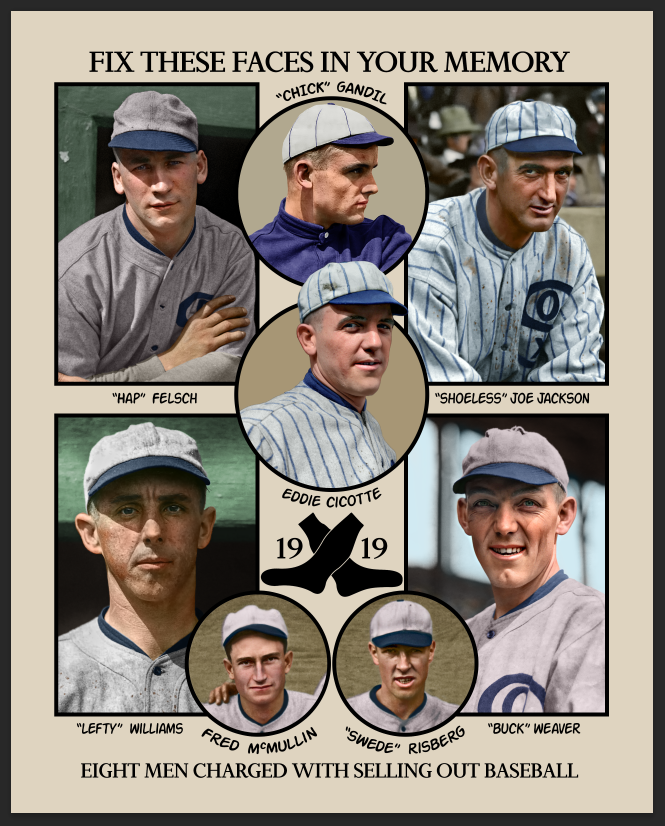
That sentence perfectly captured what I call the superficial Eight Men Out view of the scandal. On the contrary, the White Sox definitely did not “kick the ball around on defense,” and they definitely did not “throw meatballs to Reds hitters.” That’s about as superficial an understanding of the scandal as you can get. It completely ignores the many complexities, nuances, and subtleties. By their own accounts, the involved players were experiencing severe mental anguish as the opener drew near. Life for them became a toxic combination of remorse, confusion, and fear. By getting involved with gamblers and accepting money, they had compromised themselves and they knew it. Carrying this heavy mental baggage into the series, the situation became ripe for an upset.
(The beautiful color restoration of the 1919 White Sox team photo by Chris Whitehouse. See all his work at Mancave Photos. Player identifications at bottom of post).
I’ve never been comfortable with this simplistic, conventional view and I’ve written extensively about it. Some of you will recall that a few years ago I compiled my essays into one volume, Reflections on the Black Sox: Time to Take Another Look. This might be a good time to repost a couple of my favorites, starting with my essay on the eyewitness accounts:
Another Look At the 1919 World Series:
The Eyewitness Accounts
I’ve always found it interesting that many eyewitnesses to the 1919 World Series apparently saw something completely different than what has become accepted as the conventional wisdom.
While there can be no doubt that the notorious “eight men out” conspired with gamblers and that dirty money was given and accepted, do we know for certain that the 1919 World Series was actually “fixed”? Some games? All games? None of us was there; so we have to rely on the recorded contemporary testimony of those who were. And many contemporary accounts paint a totally different picture. Can it be possible that there’s more to the story than we’ve been led to believe?
These Were Baseball Lifers!
Official Scorer James C. Hamilton testified that he only saw one possible suspicious play in the entire series. National League umpire Richard Nallin had “no suspicion whatever of any wrong-doing.” American League Umpire Billy Evans, a future Hall-of-Famer, likewise said, “Well, I guess I’m just a big dope. That series looked all right to me.”
Umpire Ernie Quigley was quoted as saying: “…I never saw a team try harder to win and they were beaten on the square by the superior strength of the Reds.” Quigley also mentioned two great plays by Roush and Morrie Rath:
“But for these two plays, the White Sox would have won at least two more games, which would have meant the series for them.”
Hmmm…Shouldn’t that last statement alone start us thinking? How does the “conventional wisdom” account for that?
How the Reds Viewed the Series
The Reds players, including Roush, Groh, Greasy Neale, Dutch Reuther, Hod Eller, Slim Sallee, Dolf Luque, Jake Daubert, Larry Kopf, Ivy Wingo, and owner Garry Hermann thought the series was played on the level. Roush always remained doubtful that the series was fixed and maintained the best team had won.
Reds manager Pat Moran was also skeptical: “If they threw some of the games they must be consummate actors, and their place is on the stage, for nothing in their playing gave us the impression they weren’t doing their best….It is astonishing to me that [they] could get away with that sort of thing and us not know it.”
Even “Clean Sox” Ray Schalk said that “Jackson and Cicotte gave their best all the way,” and Eddie Collins claimed he was “never suspicious of their actions during the series.” Christy Mathewson, sitting with Hugh Fullerton looking for suspicious play, concluded it would be impossible to throw a World Series.
Sportswriters’ Accounts
Many of the sportswriters reached the same conclusion, including Sporting News and Baseball Magazine reporters. W.A. Phelan wrote that “…if ever a Series was played upon the level, this was one,” adding, “the Reds simply outclassed the overconfident White Sox.” Henry P. Edwards concurred: “[the notion that] the Sox were guilty of intentional bad play is something that cannot be swallowed,” as did James O’Leary: “If anybody was ‘fixed’ give us his name and the evidence showing that he was fixed, and who fixed him.”
Could all these eye-witnesses have been fooled? These were not casual fans, but baseball lifers. And what about the many outstanding plays made by Jackson, Weaver, and Felsch; and the clutch hits by, of all players, Gandil? But for a few spectacular plays, most notably by the great center fielder Edd Roush, the entire series may have had a different result.
Let’s Take Another Look!
One hundred years later, is it still necessary for us to blindly accept the “conventional wisdom” without questioning it? Is it possible that the Black Sox – while certainly guilty of conspiring with gamblers and taking dirty money – didn’t really know what they had gotten themselves into by the time the series started and didn’t know what to do? In light of the eyewitness testimony, isn’t that a question worthy of investigation?
This Is Not An Exhonoration!
This is not to exonerate the Black Sox by any means. It’s merely a suggestion that perhaps there’s more to the story than we’ve been told. The prevailing version whitewashed the baseball establishment which had turned a blind eye to the gambling scandal eating away at the game.
I contend it’s entirely plausible that as the start of the series approached, the thought of playing “crooked ball” was too much for at least some of them to handle. They were “big shots” who like to talk big. “Commy” was an easy target:
“Here’s a chance to get back at that cheap bastard, Commy…a chance to really make some dough…”
But when push came to shove, maybe they lost their nerve. Could remorse – or even panic – have set in? It wouldn’t be the first time. “Could we even get away with it?” some were now asking ringleader Chick Gandil.
The entire sordid episode was a blurred, surreal sequence of events where no one really knew what anyone else was doing. A few may have cracked under the intense mental strain and anguish, as Gandil implied in his 1956 interview for Sports Illustrated. Conflicting stories and emotions were rampant:
Who’s in? Who’s out? Who’s trying? Who isn’t? Is it worth the risk? Is it too late to call it off? We took money, now what? Is it too late to give it back? We made a “devil’s bargain” with the gamblers. What happens when you double-cross gamblers??
All this and much, much more had to be tormenting them as the Opening Game of the 1919 World Series approached. Who could possibly concentrate on winning baseball? On a national stage, no less. And against a strong team like the Reds.
The situation was ripe for an upset…
The Black Sox were an extraordinary mix of arrogance, stupidity, naivety, greed, and, yes, talent. Conspiring with gamblers to throw the World Series was a serious offense. They got what they deserved and they knew it. The acceptance of dirty money irreversibly tarnished their reputations and made their future protestations of innocence ring hollow:
“Sure, we took their money all right, but we double-crossed them by trying to win!
Yeah, right…who did they think was going to believe that? It’s a hundred years later, and still nobody believes them. As with a tar baby, once they touched the gamblers, they could never break free. Their fate was sealed. But the question now before us is: What really happened? It’s time to reexamine the events of the 1919 World Series with “pursuit of the truth” as the only goal. Let the chips fall where they may.
**More 1919 Black Sox essays to follow**
Gary Livacari
1919 White Sox Player Identifications
Top Row, L-R: Kid Gleason(Mgr.), John Sullivan (P), Roy Wilkinson (P), Grover Lowdermilk (P), Swede Risberg (SS), Fred McMullin (3B), Bill James (P), Eddie Murphy (OF), Joe Jackson (OF), Joe Jenkins (C). Middle Row, L-R: Ray Schalk (C), Shano Collins (OF), Hervey McClellan, Dickie Kerr (P), Hap Felsch (CF), Chick Gandil (1B), Buck Weaver (3B). Front Row, L-R: Eddie Collins (2B), Nemo Liebold (OF), Eddie Cicotte (P), Erskine Meyer (P), Lefty Williams (P), Byrd Lynn (C).
Photo Credits: Featured photo artwork by Mancave photos, Chris Whitehouse; All others from Google search
Information: Reflections on the 1919 Black Sox Scandal, Is It Time to Take Another Look, by Gary Livacari; Article in the Chicago Sun-times, Red, White, and Black, August 11, 2022 by Tommy Birch.
Subscribe to our website, “Baseball History Comes Alive!” with over 1200 fully categorized baseball essays and photo galleries, now closing in on the one million hits mark with 847K hits and over 600 subscribers: www.baseballhistorycomesalive.com
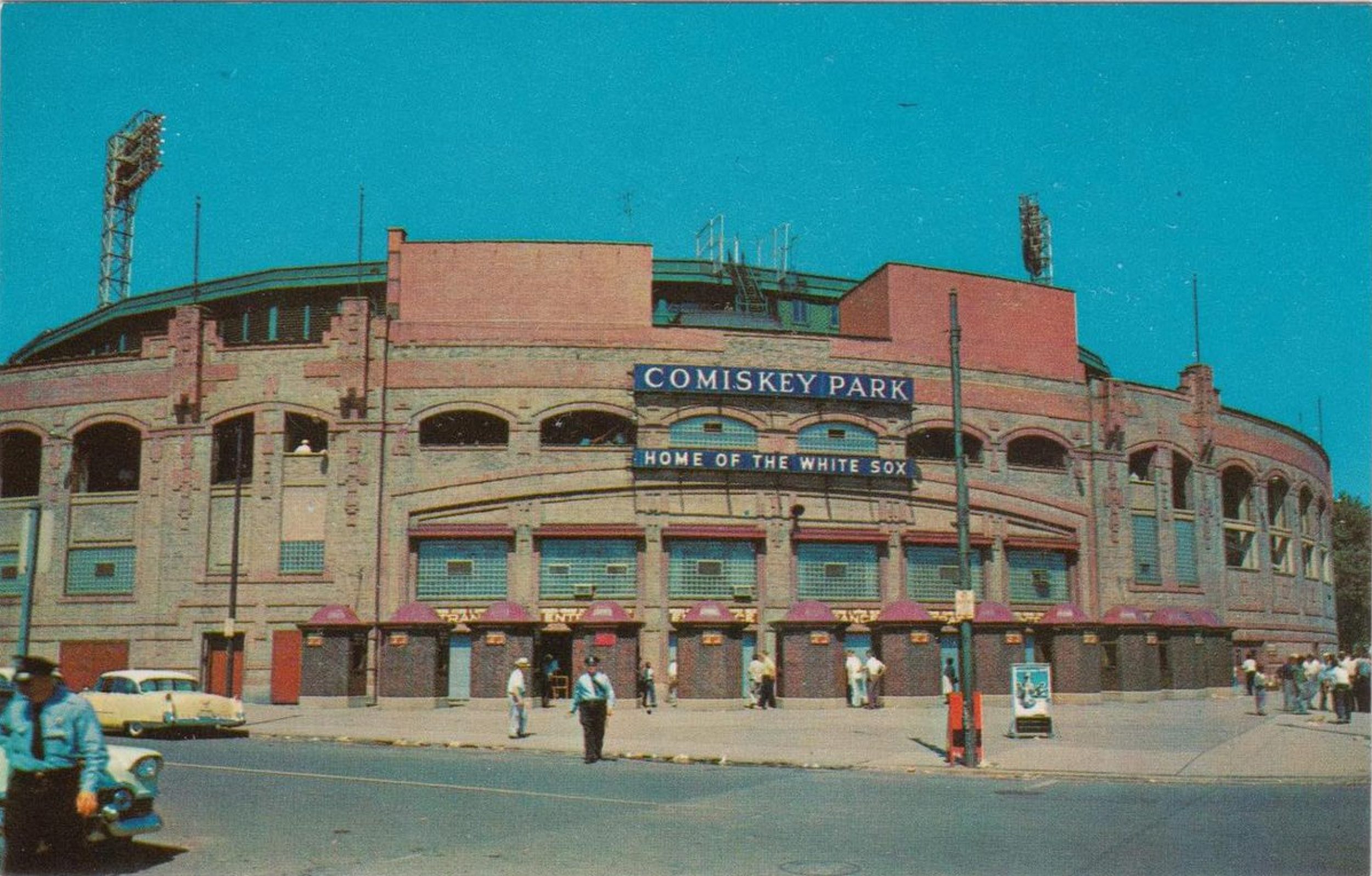
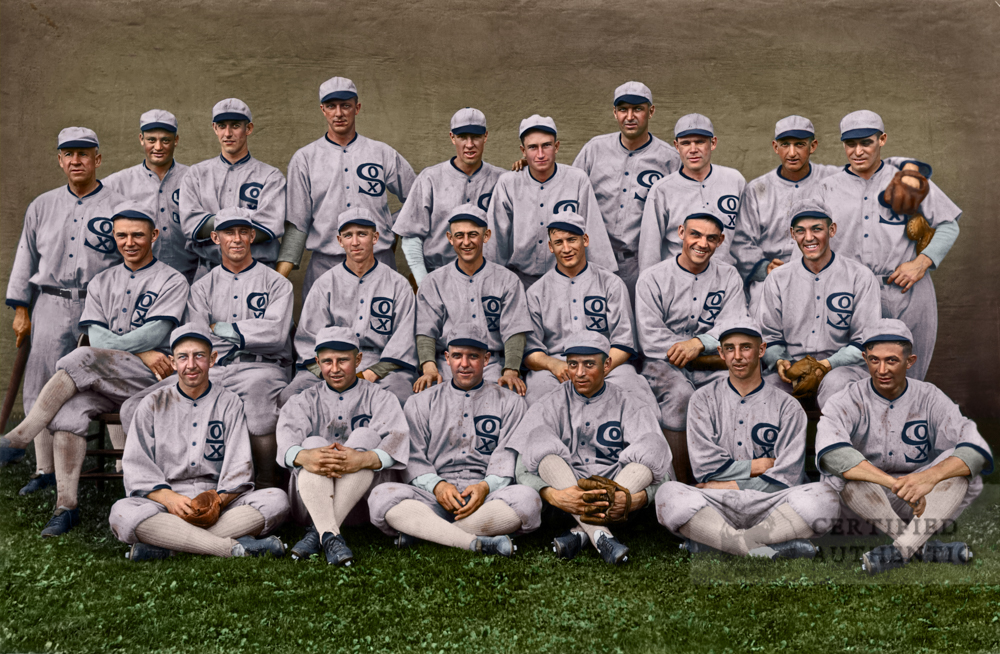
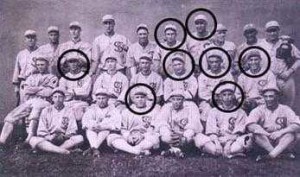
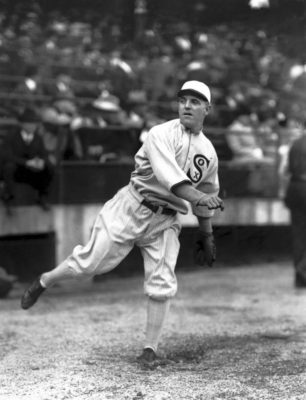
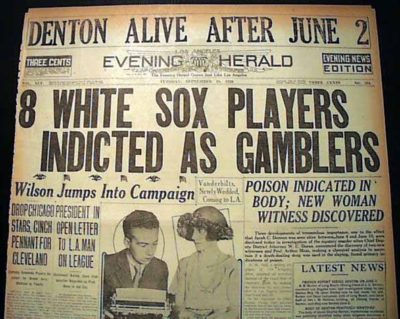
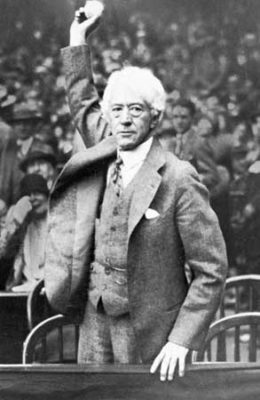
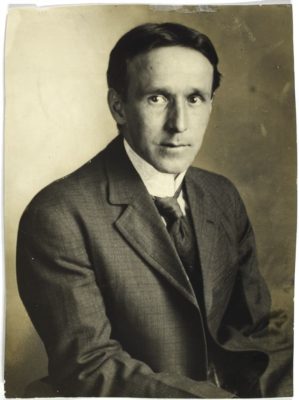
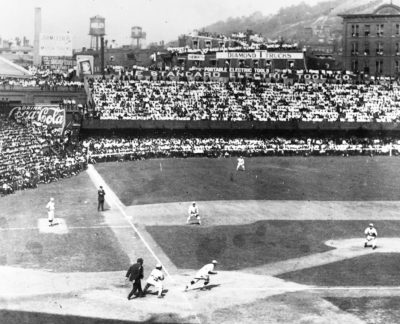
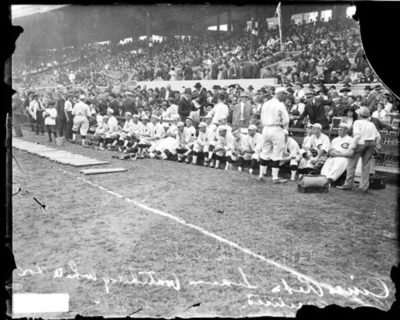
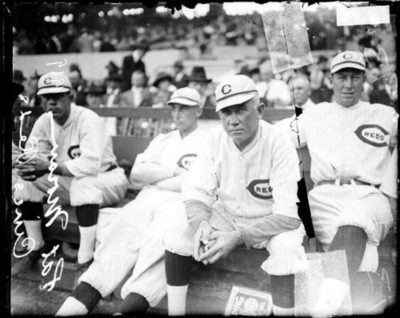
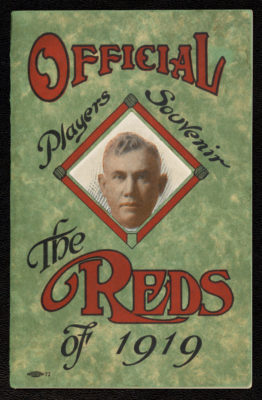
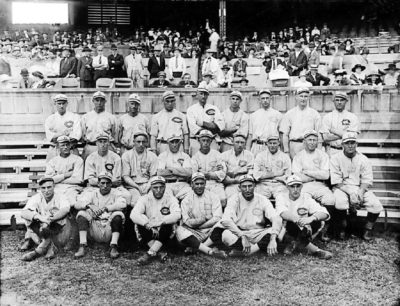
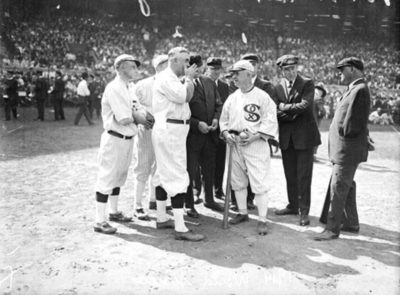
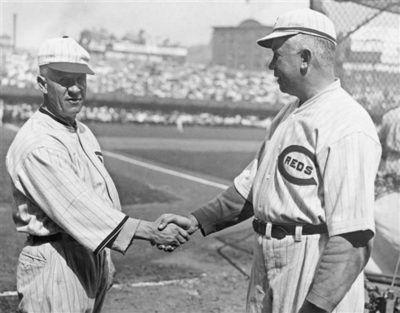
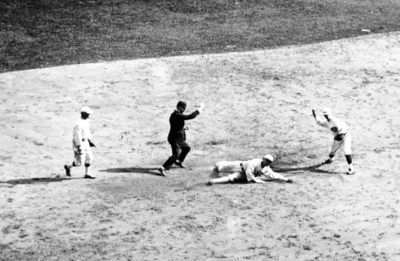
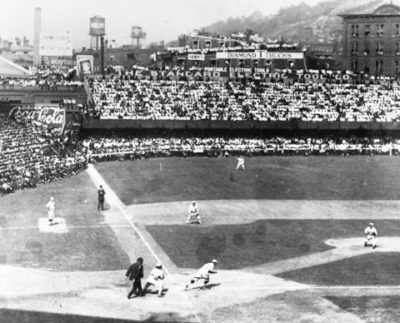
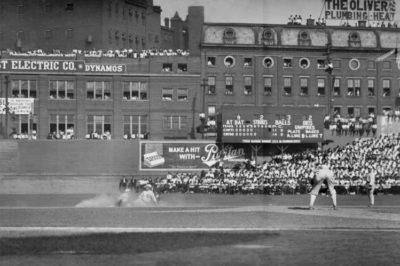
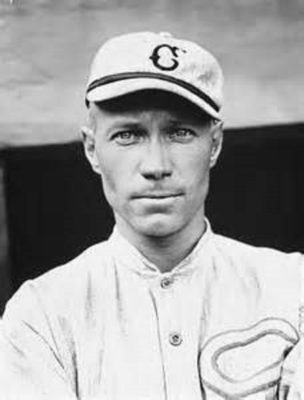
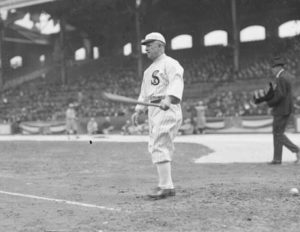
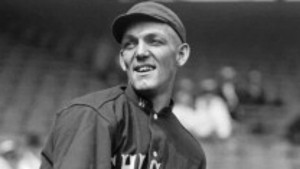
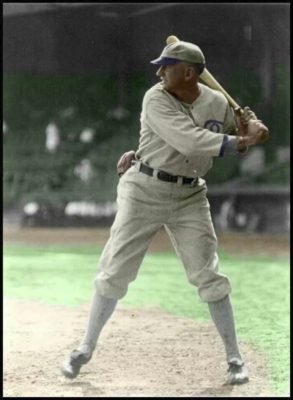
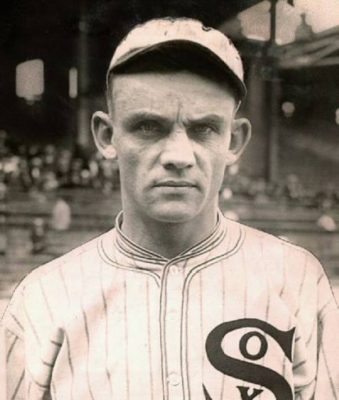
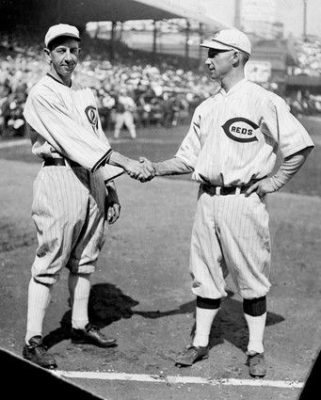
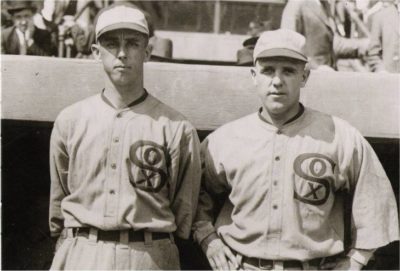

It’s a controversy that will never die. Many on both sides of the issue, including witnesses and media, gave conflicting opinions as time went on.
I often wonder if I’m the only person on earth who doesn’t accept the conventional wisdom about the Black Sox scandal? That’s OK…being sort of a contrarian has always served me well!
Always has been an intriguing story.
Terrific article. Someone did an article and pointed out that although Commy was cheap…didn’t launder uniforms, where Black Sox really comes from, they were well paid as ballplayers. They just were greedy and wanted more.
I think you’re right-on Joe. The simplest explanation is, as you said, they were greedy and just wanted more. Commy was cheap, but in other research I’ve done, I discovered that the White Sox had one of the highest, if not the highest, payrolls in either league. And I also wonder if that story about making the players pay for their own laundry is another fabrication from Eight Men Out, of which there were plenty. Eliot Asinov even admitted to Gene Carney that he made up some of the stories in EMO. And there’s no footnotes or documentation in the book to verify anything.
I recall in the PBS Ken Burns series “Baseball”, the episode about the 1919 WS; an elderly gentleman was interviewed who witnessed the 1919 WS as a young lad of about 10 or so. He said that the eight guilty players “were just a bunch of uneducated farm boys” who didn’t understand the ramifications of what they were getting involved in. I believe that. Some might say Judge Landis was a bit overly harsh in his decision of lifetime banishment, but I’m sure that he thought his verdict was essential to ensure the integrity of the game for future years. I guess you could say the “banned 8” were used as an example to what would happen to other players who might be tempted to take a bribe. {On a personal note : I have bled Palehose b&w ever since I was in diapers, and my Mother was a life-long Cinc. fan, who coincidentally, was born in 1919. We debated over the ’19 WS all of her life.} Nice work on this one, Gary.
Thanks Tom…I’d be interested in hearing your mother’s take on all this.
OMG! Over 1800 words to this essay! I’ll never hear the end of it from Bill Schaefer!!
Great article! I love reading about the scandal. Jacob Pomrenke has written a bunch of great material on the subject.
Btw, the unidentified player looks like infielder Hervey McClellan
Thanks for jumping in, Phil, and also for the kind words! And thanks for the tip about Hervey McClellan. That’s one I missed. I updated the IDs and added his name. Stay tuned as I’m going to be posting a few more of my essays on the scandal shortly.